It’s a similar story at the Peabody Museum at Harvard, which holds the remains of 19 enslaved individuals and over a thousand Native Americans, as well as at the Samuel George Morton cranial collection at the University of Pennsylvania Museum of Archaeology and Anthropology, which holds one of the world's most famous collections of human skulls. The museum, which includes skulls of Black Philadelphians and Indigenous people, issued a statement apologizing for its collection and stating that it rejected “scientific racism that was used to justify slavery and the unethical acquisition of the remains of enslaved people.”
Many of these human remains at the American Museum of Natural History were used in displays to highlight, discredit, or educate the public on scientific theories, including eugenics, and most of the collected remains belonged to people that had not consented to being used for study and display.
“Human remains collections were made possible by extreme imbalances of power," museum president Sean M. Decatur stated in a letter sent to staff and obtained by the New York Times. "Moreover, many researchers in the 19th and 20th centuries then used such collections to advance deeply flawed scientific agendas rooted in white supremacy — namely the identification of physical differences that could reinforce models of racial hierarchy.”
The Natural History Museum has three groups of remains that are at the heart of this controversy. The first is the collection of 2,200 remains of Native Americans that was supposed to be repatriated to descendants over thirty years ago under a federal law. Despite repatriating 1,000 such remains since that law went into effect, the Museum has been criticized for its slow pace of response. The Museum also has bones of five Black adults that were dug from a Manhattan cemetery for enslaved people in 1903. And, their “medical collection” includes remains for some 400 New Yorkers who were poor or unclaimed in the 1940s. These bodies initially went to medical schools but were transferred to the museum in a potentially illegal process.
For now, these bodies are no longer on display and with the added pressure from medical professionals, lawyers, anthropologists, and the recent media attention, we are hopeful that the American Museum of Natural History will right their history of wrongs in this area.

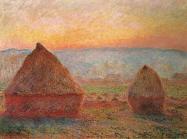


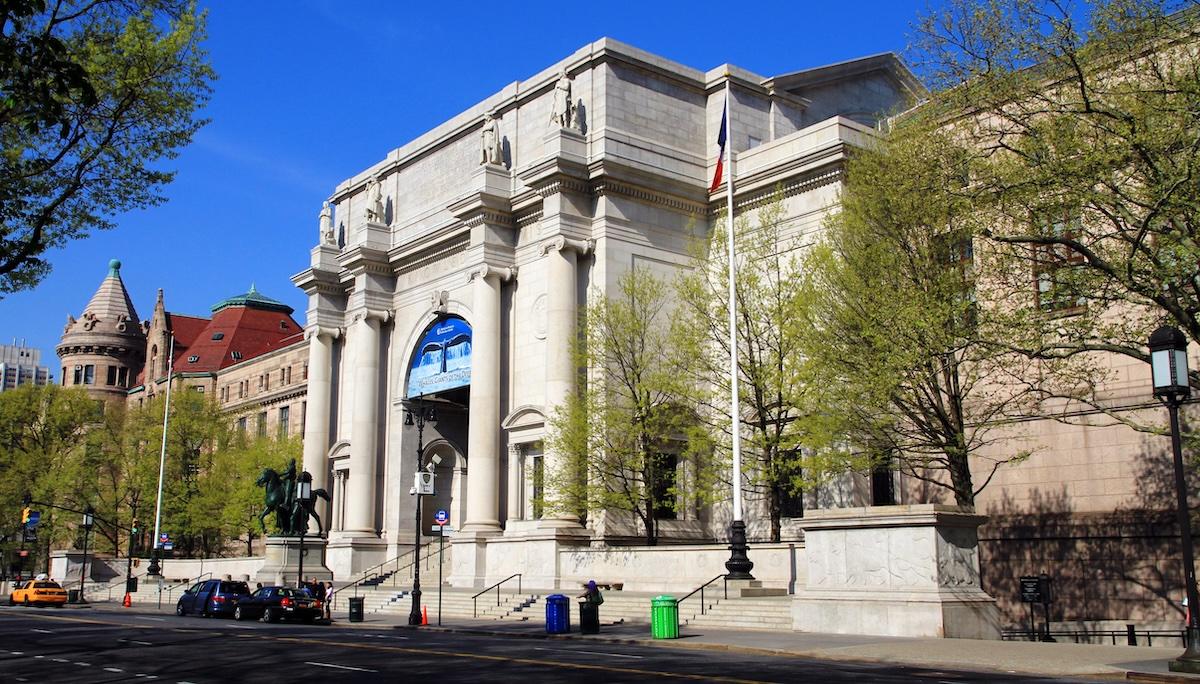

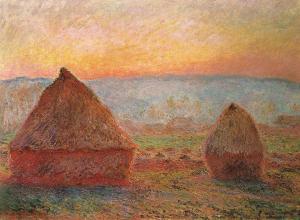
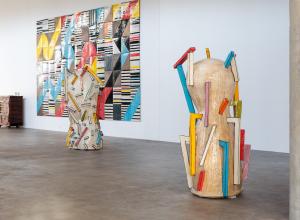










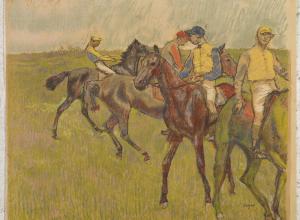
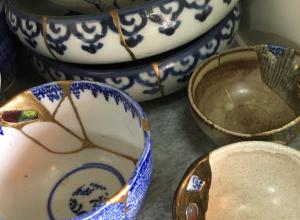







![DEl Kathryn Barton [Australian b. 1972] the more than human love , 2025 Acrylic on French linen 78 3/4 x 137 3/4 inches 200 x 350 cm Framed dimensions: 79 7/8 x 139 inches 203 x 353 cm](/sites/default/files/styles/image_5_column/public/ab15211bartonthe-more-human-lovelg.jpg?itok=wW_Qrve3)
